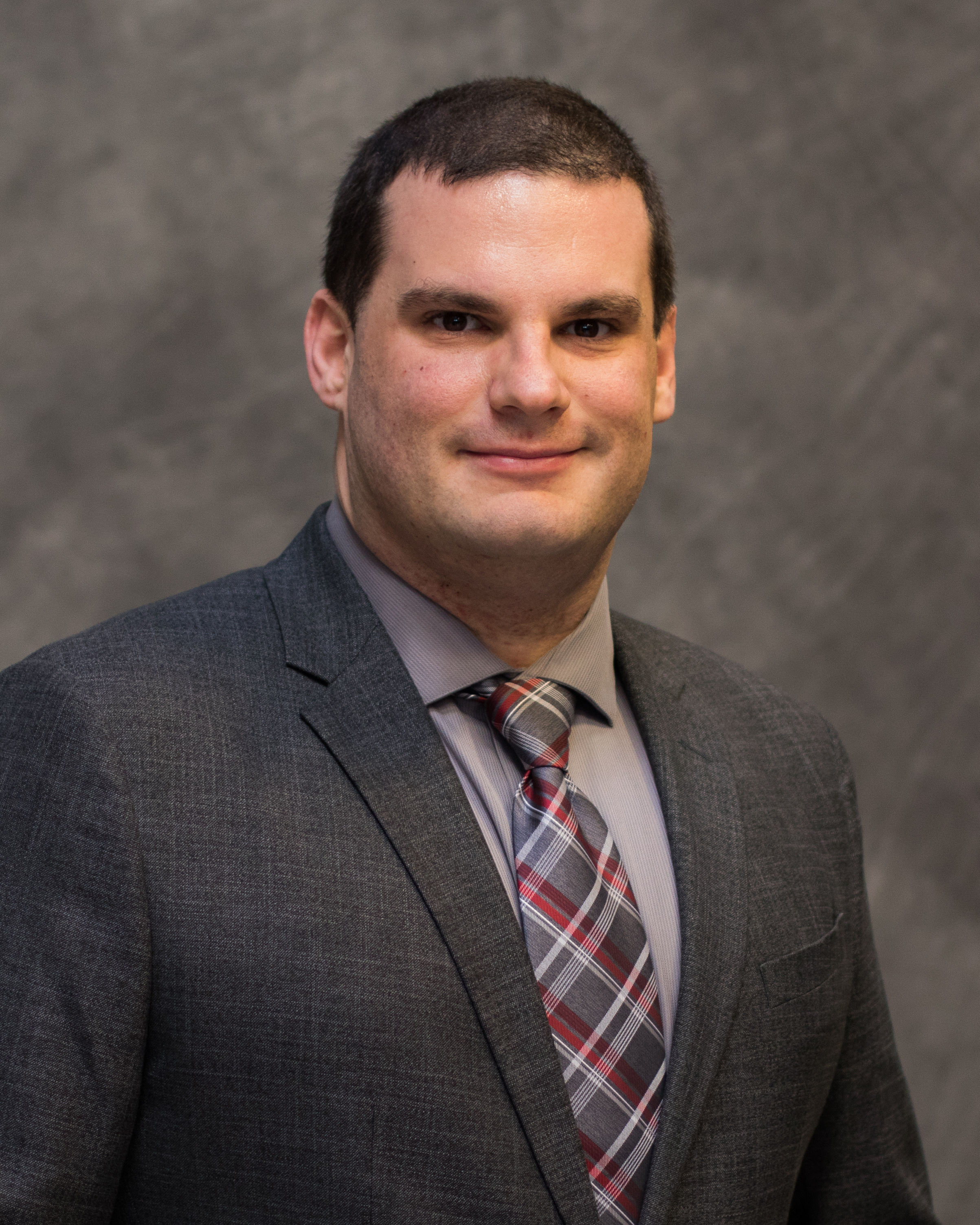About Me
I am a fire protection engineer who graduated from the University of Maryland, and I got my PE in 2015. I specialize in fire and egress modeling and have a knack for programming and processing data via the Python programming language. It's been a long journey thus far, and I look forward to learning more and seeing where things go.
Here's my story.
Education
In high school, I decided to study engineering. I originally applied to the University of Maryland to study civil engineering. I had an internship with a civil engineering firm the summer after I graduated high school. It wasn't long before I decided that civil engineering wasn't going to work for me. I looked through the course catalog and decided fire protection engineering seemed like a better fit.
The courses were exciting, and I noticed I was more engaged with the science side of the industry. Learning fire dynamics and how to model it on a computer grabbed my attention, and that's where I started to focus.
While in graduate school, I continued to develop my interest in fire modeling and wanted to help push FDS forward. With Dr. Sunderland as my advisor and the help of Dr. Jason Floyd, I performed a Verification and Validation of a Candidate Soot Deposition Model in Fire Dynamics Simulator Version 5.5.1. The report evaluated the thermophoretic and turbulent soot deposition models and compared the output against full-scale experiments.
Work History
While at the University of Maryland, I developed a reputation for being one of the few that enjoyed fire modeling. In the Fall of 2009, I asked Dr. Mowrer if he needed a teaching assistant for the fire modeling course he was going to teach. He agreed to let me help. The class focused on learning how to use FDS5 and how it related to enclosure fire dynamics. I was responsible for grading all the assignments and providing help to about 30 students.
At the same time, I worked at Hughes Associates, now Jensen Hughes. They put me on a litigation case regarding 9/11 and the collapse of WTC Tower 7. I had to catalog drawings and other documents as well as sort through thousands of photos and hours of video footage. I was responsible for constructing a timeline to show when windows were broken or had flames. While I spent most of my time on this project, I also split time working on my thesis with Dr. Jason Floyd, one of the developers of FDS.
Working with my supervisor, Terry Fay, I started to develop my programming skills. I developed macros for excel in VBA, which allowed me to process large amounts of data in a short amount of time. When it came time to do the modeling for my thesis, I leveraged VBA to help automate the generation of FDS files as well as graph the results.
Following my masters, I wanted to explore my education a little further. I took a position as a Faculty Research Assistant under Dr. Trouvé to look into FireFOAM. The project was to validate the model for flame-wall interaction. After a semester, I determined I was ready to move to the industry where I could apply my skills to help others.
Appendix R Solutions was a small company of about 15 when I started. The focus of the company was to serve the fire protection needs of the US nuclear generation industry. As plants were transitioning to an NFPA 805 licensing basis, they needed Fire Probabilistic Risk Assessments (FPRAs).
FPRAs required modeling a variety of scenarios for thousands of ignitions sources throughout each power plant. I led my team in developing a methodology to approach the modeling. Additionally, I was responsible for developing the tools required to run the models and manage the resulting data. In addition to the FPRAs, I performed a large number of performance-based and risk-informed analyses.
I joined GHD to broaden my horizons. As for performance-based fire protection, I've picked up smoke control and egress modeling. I've also been able to develop my skills with fire alarm, sprinkler, and life safety code projects. I'm still trying to find a niche on the classical side, but I am actively learning as much as I can to be a better-rounded engineer.
 Download CV
Download CV
Licenses
Professional Engineer
VA - 0402055056
Education
M.S. Fire Protection Engineering
University of Maryland - College Park
Aug 2010
B.S. Fire Protection Engineering
University of Maryland - College Park
Dec 2008